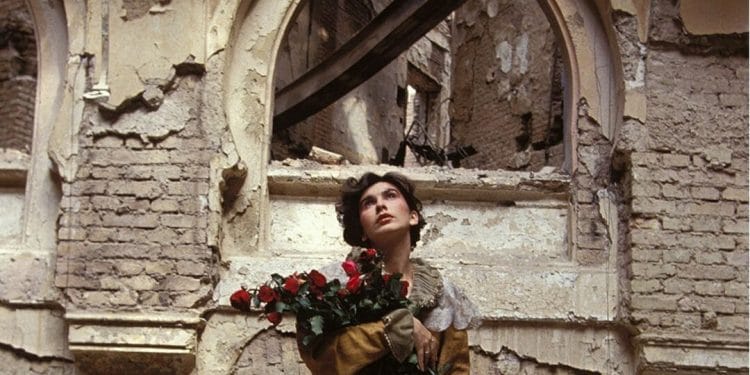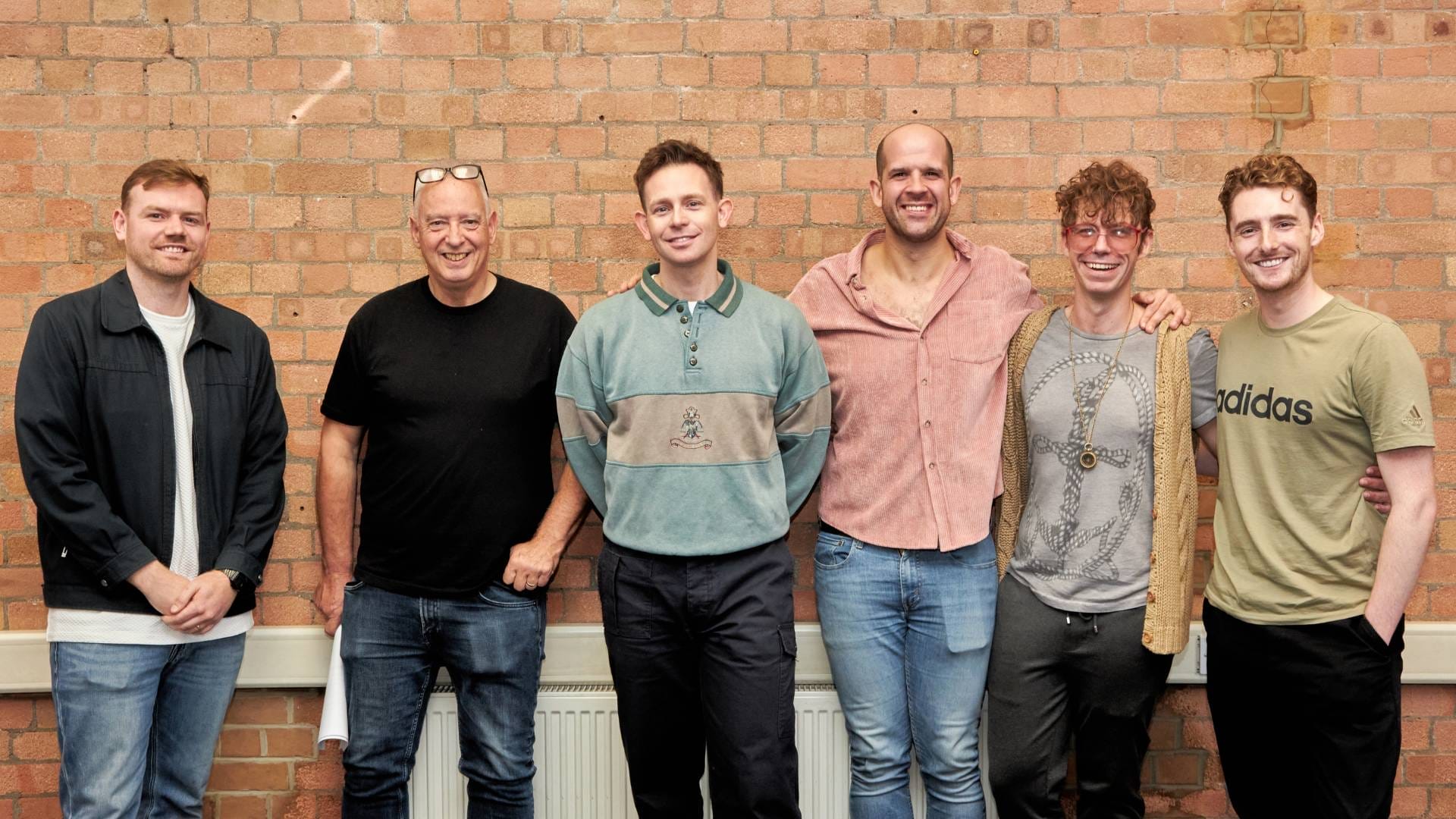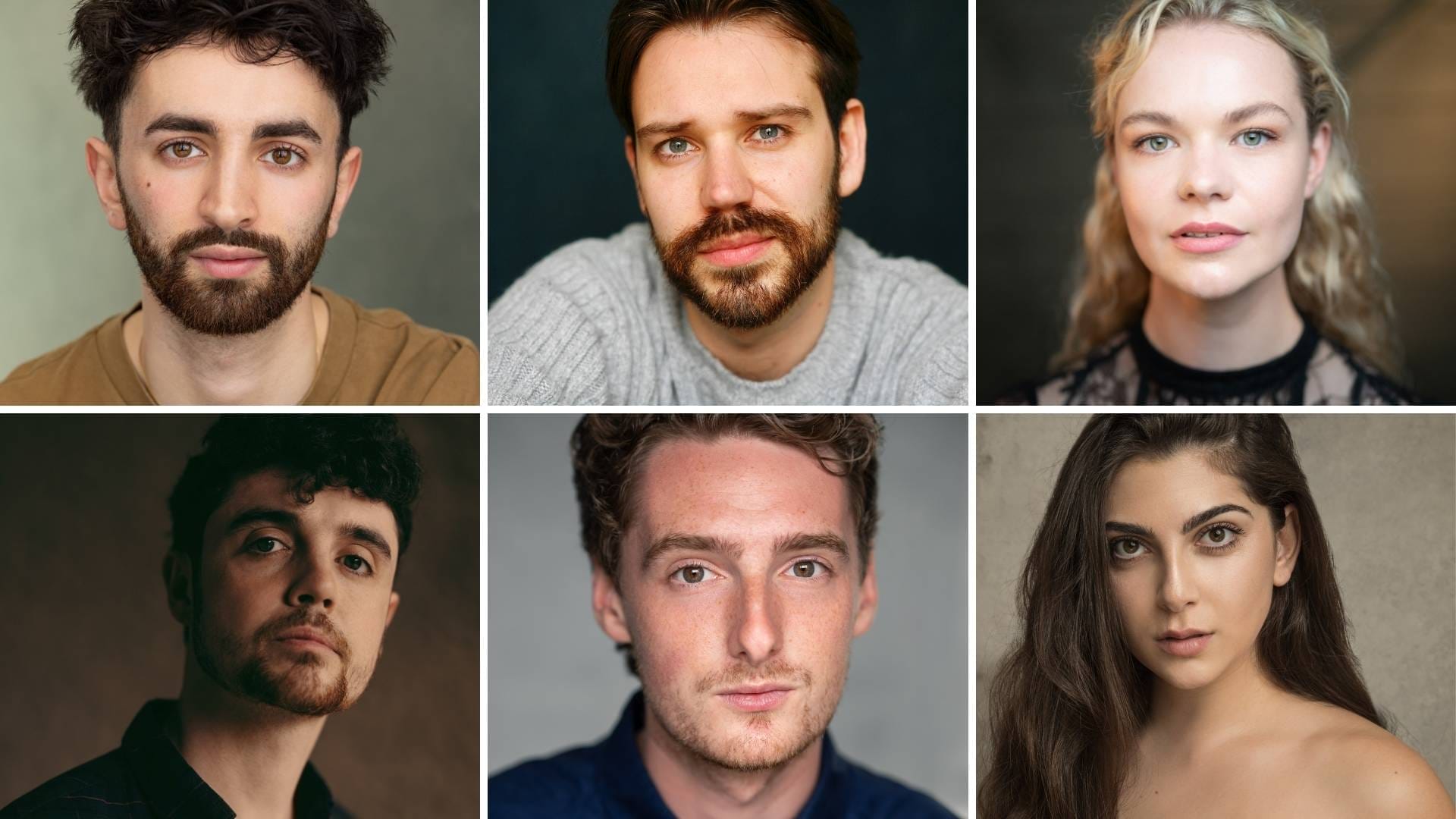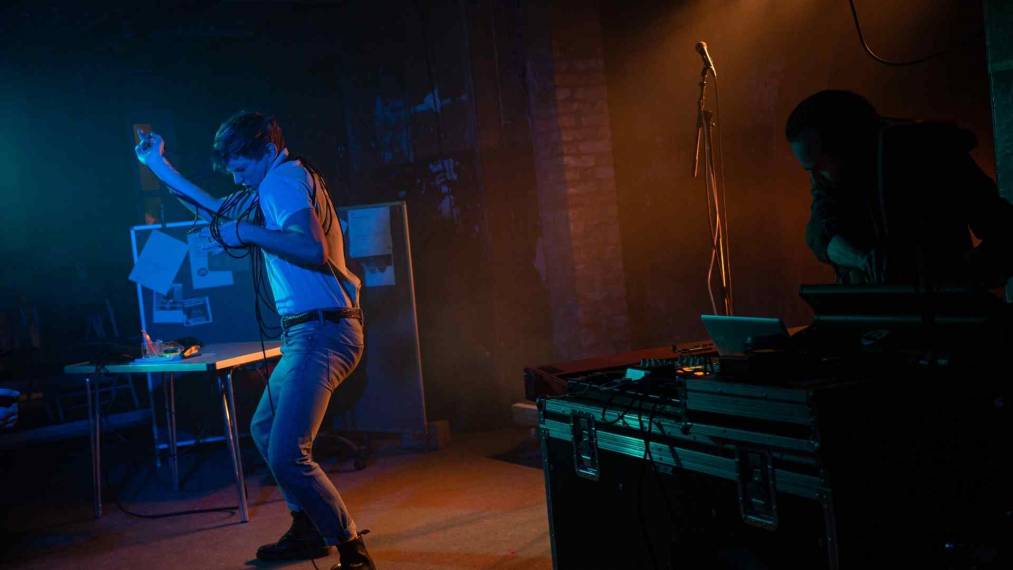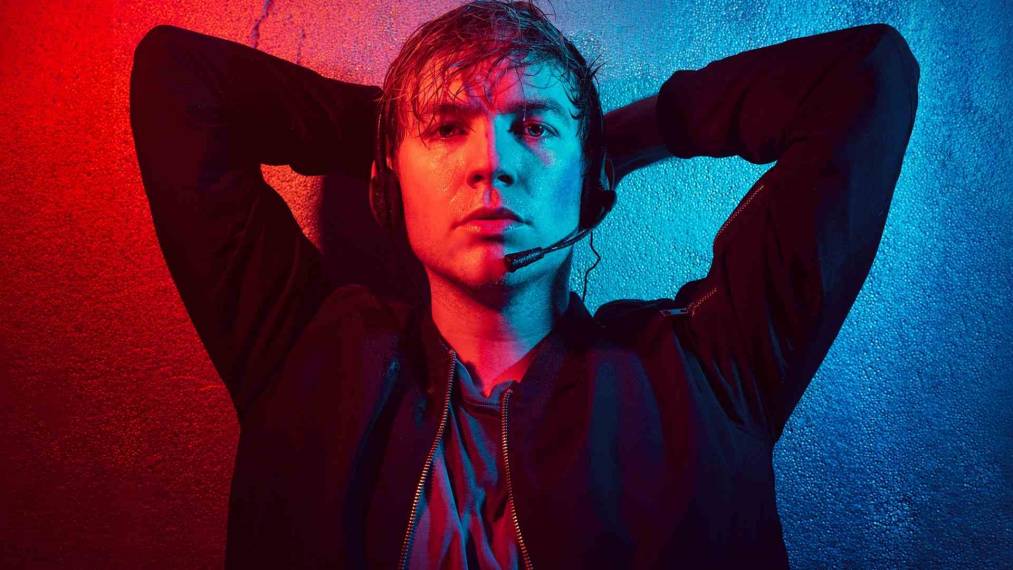 Whilst there is nothing new about works of art which are about works of art, there is plenty to commend about The Tunnel by the Royal Central School of Speech and Drama. A devised piece, exploring the role of music and theatre against the backdrop of the Sarajevo siege (1992-6), the play follows a group of theatre students who break into their university building and continue rehearsals for their graduation performances, whilst shells and bullets rip into the earth outside.
Whilst there is nothing new about works of art which are about works of art, there is plenty to commend about The Tunnel by the Royal Central School of Speech and Drama. A devised piece, exploring the role of music and theatre against the backdrop of the Sarajevo siege (1992-6), the play follows a group of theatre students who break into their university building and continue rehearsals for their graduation performances, whilst shells and bullets rip into the earth outside.
The play’s structure is more a series of vignettes than overarching storyline, and the sense of fragmentation which defies progression is frustrating at times, although perhaps aptly disorientating. Yet, it excels in a handful of excellent individual scenes under Maja Milatovic-Ovadia’s direction: in particular, there is a gorgeous arrangement of ‘I Got Rhythm’, which is both interrupted and enabled by the percussive roaring bombs which are interspersed with the music. In another scene, a tap dance rehearsal descends into a furious argument conveyed through frenzied dance, and later there is a beautiful game of ‘Lost and Found’ in the darkness, where characters speak of losing their minds, patience and identity, but finding their voices.
Such thoughtful moments are pregnant with meaning about the relationship between art and suffering and creation from destruction. Perhaps they resonate all the more because such ideas remain implicit below the surface, rather than being worked into the dialogue.
Moreover, there is much to enjoy musically. The cast’s first entry is fantastically rich and promising. As The Tunnel progresses, the music feels a little encumbered with too many instruments as refrains are passed around, but there are some excellent performances from solo singers.
Another strong point of the play is the set design by Colin Mayes. Throughout the performance the actors draw one another’s silhouettes on the stained white sheets hanging across the walls, in a grotesque parody of a corpse’s chalk outline. During moments of shelling, there is a cleverly engineered moment when rubble tips from a suspended sheet,and powerful use is made of soldiers’ ominous silhouettes against the backdrop.
At times it is hard to pick up on the play’s subtleties as there are so many actors onstage that any sense of deliberate claustrophobia strays more into confusion. Although the actors work hard to characterise individuals, it’s quite difficult to hone in on any singular storylines when moments of stillness are so rare.
Nevertheless, The Tunnel is well worth a watch. It is brimming with the seeds of thoughtful ideas about communication and togetherness as authentic private letters are read aloud, voices overlap, fact and fiction blur and lines are deliberately twisted and swapped within the metadrama. Such moments become loaded with resonance in the context of a war where Sarajevo stood in the centre of so many media narratives, and where creative storytelling became a lifeline for many residents. “Art protects us against indifference”, we are warned at the play’s beginning. Long may it do so.


